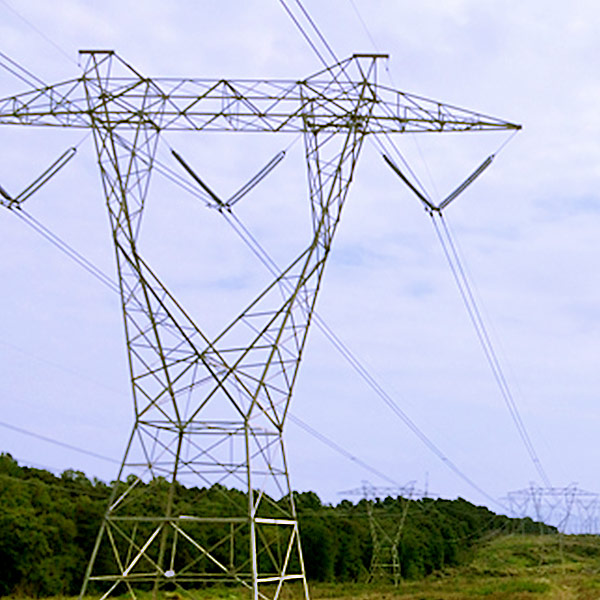Some state regulators aren’t convinced about the wisdom of merging MISO’s transmission expansion planning with generator interconnection studies, a move supporters say could improve cost effectiveness.
MISO is conducting an in-depth review of its planning processes in response to a proposal to synchronize its annual Transmission Expansion Plan with network upgrades needed to accommodate generator interconnections. Proponents say a coordinated planning process could identify projects that satisfy multiple needs. Renewable developers have complained that MISO is relying on network upgrades — paid by generators seeking interconnection — to plan the system. (See MISO Floats Ideas on MTEP, Interconnection Coupling.)
Speaking during a June 17 Advisory Committee teleconference, North Dakota Commissioner Julie Fedorchak said members of the Organization of MISO States (OMS) are split on the idea. She said some state regulators view the push for synchronization as an attempt by renewable developers to shift the cost of network upgrades to others that does not merit a change in planning processes.
Clean Grid Alliance’s Natalie McIntire, speaking on behalf of MISO’s Environmental Sector, said she understands new transmission “fatigue.”
“I don’t think anyone loves to see new transmission lines. It’s a tough process to get them through state approvals,” McIntire said. But she added that one larger, well-planned project can meet the needs of many small transmission projects.
DTE Energy’s Nick Griffin said a more consolidated transmission plan could be more cost-effective for customers and lead to a more robust capacity supply. He said his utility has encountered delays in the interconnection queue while trying to bring more capacity online.
“While the queue advertises a 500-day process, there are sometimes when it’s a 1,000-day process,” Griffin said.
He stressed that the benefits of any multipurpose transmission projects need to be traced to ensure beneficiaries pay their fair share.
The Union of Concerned Scientists’ Sam Gomberg said MISO should also investigate “bridge solutions” like dynamic line ratings, which could allow more power on the system.
OMS recently partnered with the MISO Independent Market Monitor to gather more information on the use of dynamic and temperature-adjusted transmission line ratings in MISO. Once OMS has exhaustively researched dynamic line ratings, it will announce a position on the topic. OMS President and Minnesota Commissioner Matt Schuerger said OMS believes there’s a “lack of transparency and consistency” among MISO TOs’ existing line ratings.
Fedorchak also said OMS regulators are in general agreement that another long-term transmission package like 2011’s Multi-Value Project portfolio may address some of the transmission needs resulting from an increase in renewable generation.
MISO’s generator interconnection queue currently contains 417 projects, totaling about 64 GW, with solar generation accounting for nearly 60% of proposed megawatts. MISO expects to interconnect about 9 GW of resources in 2020 and add 25 GWs in new projects to the queue for the year.


